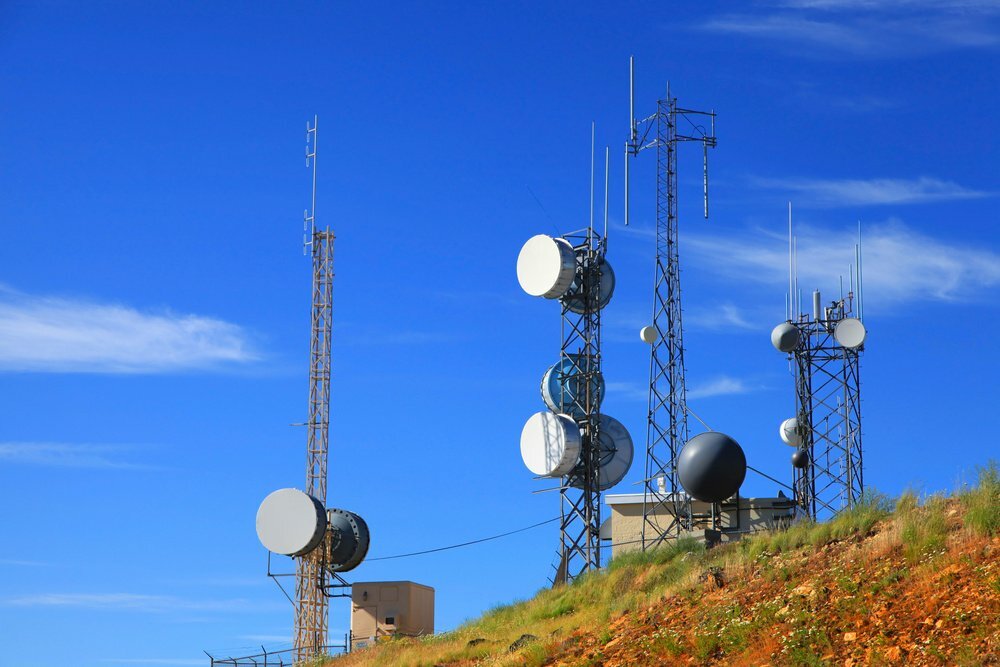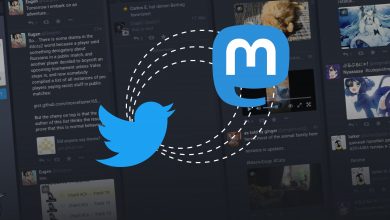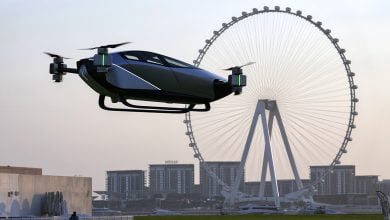The top 100 cellular tower companies in the world control and manage over 1.5 million buildings that house shared telecommunications infrastructure. These cell towers meet the requirements of television and radio broadcast corporations, public safety networks, and cellular carriers largely by providing mobile telecommunications connectivity and coverage.
As per statistics, 60 percent of the 1.5 million sites held by the top 100 cellular towers companies in the world are operated by the ten largest owners and operators of cellular towers, which include American Tower, Indus Towers, Summit Digitel, Cellnex, BSNL Tower, edotco, Vantage Towers, Reliance Infratel, Crown Castle, and IHS Holding.
According to tower count, Digital Infra gives a summary of the top 100 cellular tower companies globally. Then, we delve further into the portfolios of each of the top 25 cell tower firms, including the geographic distribution of their sites, the number of tenants that install equipment on their towers, and their primary clients. Please take note that this list does not include tower owners or operators from China or Russia.
A Cell Tower: What is it?
In order to enable the use of wireless communication devices like telephones and radios in the surrounding region, electric communications equipment and antennae are put atop cell towers, sometimes referred to as cell sites.
When a wireless carrier or tower firm expands the capacity or network coverage in a region, they frequently build cell towers to improve signal reception. The United States is essentially covered in cell towers, however, certain cities have more than others. Since the late 1990s, Millman Land has made sure that all of the cell towers have been thoroughly examined.

Currently, the United States has more than 307,000 cell towers. They occasionally appear on building roofs. Other times, cities demand that cell towers perfectly fit into the urban environment. Sometimes they are concealed as trees in treescapes in rural places.
Cell tower audits, surveys, and as-builts are all part of our wireless services. We hope to educate you on cell towers and how they operate in this article. We also want to dispel the falsehoods and respond to people’s growing concerns about 5G.
How Do Cellular Towers Operate?
In the US, there are more than 300 million daily cell phone users. When a mobile phone is in operation, it emits an electromagnetic radio wave, also known as a radio frequency, which is picked up by the antenna of the closest cell tower.
This signal will be picked up by the cell tower, which will then send it to a switching hub. This enables the call to connect to a phone network or to a different mobile phone. To assume that all of this occurs in a matter of seconds is absurd.
Cell tower components
Cell tower technology is incredibly quick thanks to its components. In this section, we’ll talk a lot about cell carriers. This is so that several of a cell tower’s components, also known as wireless networks or individual cell carriers, can be used.
The best coverage for wireless networks in the US is provided by four different networks. Verizon is now the leading provider, with a 70% 4G coverage rate. With 68%, AT&T comes in second place. A significant reduction in coverage is seen between T-62% Mobile’s and Spring’s 27% in fourth place.
What Affects the Range of a Cell Tower?
A cell tower’s reach is not a set distance. That’s due to the number of different factors that might affect how far a cell tower can connect to a mobile device. The most typical variables are:
- How high the antenna is in relation to the surroundings.
- the signal’s frequency at use.
- the transmitter’s rated power.
- the site’s antenna array’s directional properties.
- Radio waves are absorbed and reflected by the surrounding vegetation and buildings.
- Weather conditions and regional geographic or regulatory variables.
High population densities are common places for the construction of the towers. This is so because there are the most prospective cell phone customers in these cities. Cell towers frequently “overlap” in highly populated regions as a result. By doing so, interference issues are reduced.
If you’re wondering why you can’t get a signal on your cell phone, it may be because you’re too distant from a tower or because hills, big buildings, or other structures have interfered with the signal. If many individuals are attempting to use the cell tower at once, you can also lose your signal. That frequently results in dropped calls.

More and more cell towers will appear across the United States as technology develops. However, there are still over 307,000 cell towers across the country that make sure we have cell phone coverage practically wherever we go as we wait for 5G technology. The technology used to build these towers is amazing.
The Millman National Land Service makes sure that these cell towers not only adhere to health and safety regulations but also function as planned. If you require audits or surveys of mobile towers, get in touch with us right away.









